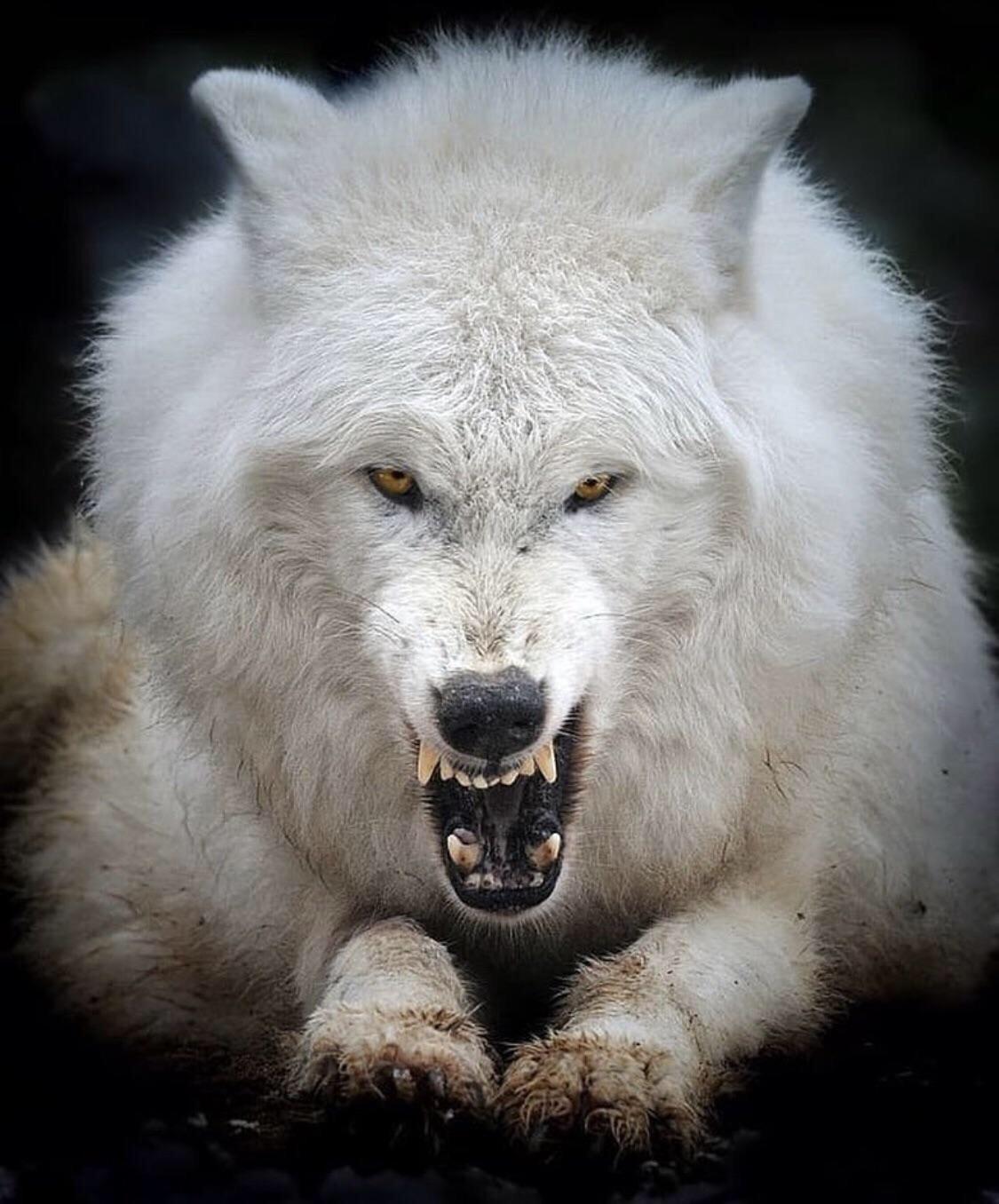
Dire Wolf: Back from Extinction?
Table of Contents
Introduction: The Legend Returns
What Were Dire Wolves?
Fossil Discoveries and Cultural Impact
Dire Wolves vs. Modern Wolves
The Science Behind De-Extinction
Genetic Breakthroughs and Dire Wolf DNA
Could Dire Wolves Be Cloned?
Ethical and Ecological Considerations
Challenges of Bringing Back the Dire Wolf
Potential Impact on Modern Ecosystems
The Role of CRISPR and Synthetic Biology
Public Fascination and Media Hype
Are We Close to a Real-Life Jurassic Park?
Dire Wolves in Pop Culture: Fueling the Revival
Final Thoughts: Science or Science Fiction?
- Introduction: The Legend Returns
In a surprising twist of modern science, researchers are inching closer to bringing back one of the Ice Age’s most iconic predators — the dire wolf. Once thought lost forever to extinction, the dire wolf has resurfaced in scientific discussions, media headlines, and genetic laboratories thanks to recent advancements in de-extinction technology and ancient DNA analysis. But how close are we to actually seeing these massive canines roam the Earth again? - What Were Dire Wolves?
Dire wolves (Aenocyon dirus) were apex predators that roamed North America during the Late Pleistocene Epoch, approximately 125,000 to 9,500 years ago. They were larger and stockier than today’s gray wolves, with more robust jaws designed for crushing bone.
Unlike their modern cousins, dire wolves likely hunted larger megafauna, including bison, horses, and even juvenile mammoths. Their extinction roughly coincided with the disappearance of these large prey animals and the changing climate at the end of the last Ice Age.
- Fossil Discoveries and Cultural Impact
Thousands of dire wolf fossils have been uncovered, most notably from the La Brea Tar Pits in Los Angeles, California. These fossils have not only shed light on the animal’s physical characteristics but also made dire wolves a staple of North American paleontology.
Culturally, the dire wolf leapt into the spotlight thanks to HBO’s Game of Thrones, where the creature served as the sigil and loyal companion of House Stark. This media exposure rekindled public interest in these majestic beasts.
- Dire Wolves vs. Modern Wolves
Though often mistaken as ancestors of the gray wolf (Canis lupus), recent genetic studies suggest dire wolves were genetically distinct, diverging from other wolf species nearly 6 million years ago.
Key differences include:
Larger body mass
Stronger bite force
Different cranial structure
Unique evolutionary lineage
This divergence implies that dire wolves are more like canid cousins than direct wolf ancestors.
- The Science Behind De-Extinction
De-extinction refers to the process of reviving extinct species through various scientific methods. The two most prominent techniques include:
Cloning from preserved DNA
Genome editing using CRISPR
For dire wolves, scientists are exploring the potential to reconstruct their genome and perhaps hybridize with living canids to recreate a close facsimile.
- Genetic Breakthroughs and Dire Wolf DNA
In 2021, a groundbreaking study successfully sequenced the full genome of the dire wolf using well-preserved fossils. This gave scientists a detailed map of their unique genetic makeup and confirmed they were not closely related to modern wolves or dogs.
These findings were pivotal in placing dire wolves into a separate genus, Aenocyon, setting the stage for more targeted de-extinction research.
- Could Dire Wolves Be Cloned?
Cloning dire wolves faces enormous challenges. Unlike the woolly mammoth, where frozen specimens have preserved cells, dire wolves have no surviving soft tissue. However, using advanced CRISPR gene editing, researchers might be able to splice key dire wolf genes into the embryos of similar animals like wolves or coyotes.
The result wouldn’t be a perfect clone but a genetic hybrid that mirrors the dire wolf’s traits.
- Ethical and Ecological Considerations
Even if we could bring back dire wolves, should we?
Critics argue that de-extinction:
Diverts resources from protecting endangered species
Raises questions about animal welfare
Could disrupt modern ecosystems
Supporters believe it could help restore lost ecological roles and push scientific boundaries. As with most bold scientific endeavors, the debate rages on.
- Challenges of Bringing Back the Dire Wolf
There are significant roadblocks:
Incomplete DNA sequences
No suitable surrogate mothers for gestation
Legal and ethical hurdles
Unknown ecological effects
Even with science catching up, nature isn’t easily reverse-engineered. Creating a living, breathing dire wolf may take decades — if it’s possible at all.
- Potential Impact on Modern Ecosystems
If dire wolves were reintroduced, they could:
Alter predator-prey dynamics
Compete with modern carnivores
Impact human-animal relationships
The question remains whether today’s world has space for a long-extinct apex predator.
- The Role of CRISPR and Synthetic Biology
CRISPR technology has revolutionized genetic engineering. Scientists could use it to:
Insert dire wolf genes into living species
Resurrect key traits like bone density or jaw strength
Develop disease-resistant animals
But this still requires a host species, and no living canid is a perfect match.
- Public Fascination and Media Hype
From Jurassic Park to documentaries, public fascination with extinct animals fuels funding and research. Dire wolves, in particular, benefit from:
Pop culture fame
A rich fossil record
The allure of “real-life Game of Thrones” creatures
Public support can be a powerful force behind scientific progress — and controversy.
- Are We Close to a Real-Life Jurassic Park?
While dire wolves are a more realistic resurrection target than dinosaurs, we’re still far from a Pleistocene Park. De-extinction remains experimental, and current technology can only mimic — not perfectly recreate — extinct species.
Still, every step forward makes the impossible seem a bit more plausible.
- Dire Wolves in Pop Culture: Fueling the Revival
Beyond Game of Thrones, dire wolves have appeared in:
Novels
Video games
TV documentaries
Fantasy art and collectibles
Their mythic status contributes to the momentum behind their scientific comeback.
- Final Thoughts: Science or Science Fiction?
The idea of the dire wolf returning from extinction blurs the line between fantasy and reality. Though the science is advancing, many challenges remain. Whether or not we ever see these creatures again, their story serves as a powerful symbol of humanity’s growing ability to control — and potentially reverse — the course of nature.
Only time will tell whether the howl of the dire wolf will once again echo across the Earth.
“For the latest updates and promotional offers on Dire Wof, visit AGILACLUB.”




